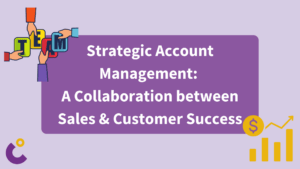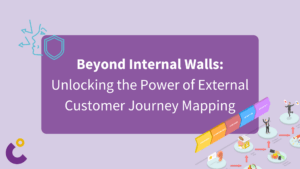
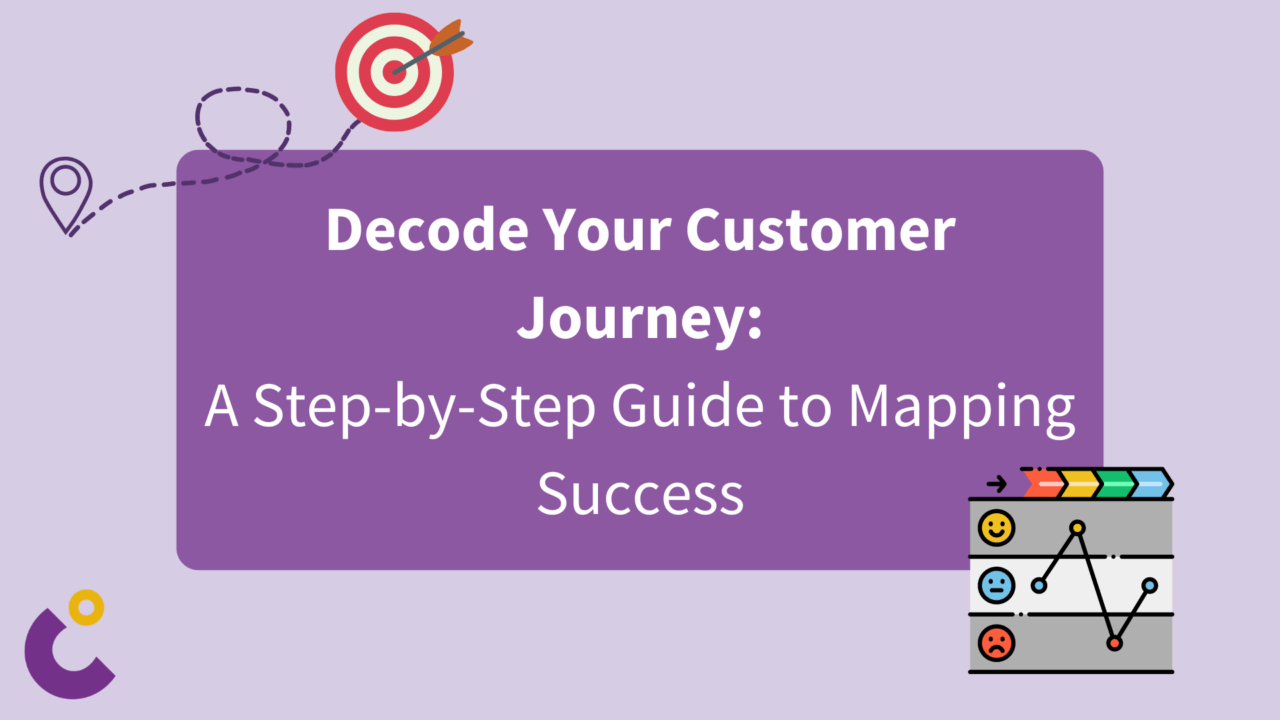
Decode Your Customer Journey: A Step-by-Step Guide to Mapping Success
Have you ever wondered what your customers experience when interacting with your brand? From initial discovery to post-purchase support, their journey shapes their perception and loyalty. Enter Customer Journey Mapping (CJM), a visual roadmap that sheds light on this critical path.
Why Map the Customer Journey?
Think of CJM as an X-ray for your customer experience. It illuminates:
- Pain points and friction: Identify obstacles hindering customer satisfaction.
- Missed opportunities: Discover areas to enhance engagement and value.
- Differentiation points: Understand what sets you apart from competitors.
- Aligned teams: Foster collaboration across departments towards customer-centricity.
Ready to map your own journey? Buckle up!
Important Steps of Customer Journey Mapping:
1. Outline the Customer Lifecycle Phases
Break down your customer’s experience into distinct stages, for example:
- Awareness: How do customers discover your brand?
- Consideration: What factors influence their purchase decision?
- Sales: How seamless is the buying process?
- Onboarding: How are new customers introduced to your product/service, set up for success, and enabled to achieve early wins?
- Adoption: How do customers actively use your product/service, integrate it into their workflows, and derive ongoing value from it?
- Expansion: How do you encourage customers to increase their usage, upgrade their plans, or purchase additional products/services?
- Renewal: How do you motivate customers to renew their existing contracts and maintain a long-term relationship with your brand?
2. Owner & Supporting Function:
Assign ownership for each phase (Marketing, Sales, Customer Success, etc.). Identify supporting functions involved (IT, Product Development, etc.).
3. Activities & Touchpoints:
For each phase, list key activities customers perform and identify all touchpoints (website, app, store, support calls, etc.).
4. Evaluate the Current Experience:
Gather data and feedback (surveys, focus groups, social media mentions) to assess the customer experience at each touchpoint. Consider:
- Ease of use: Is it intuitive and efficient?
- Emotional impact: Does it evoke positive feelings?
- Problem resolution: Are issues addressed promptly and effectively?
- VoC Elements: Integrate elements like quotes, verbatim feedback, and sentiment analysis to personalize the map and reveal customer voices.
5. Voice of Customer (VoC) Touchpoints:
Outline any VoC Actions you perform in this phase.
Also list opportunities to gather Customer Feedback, if you’re not doing it already.
6. Metrics:
Identify relevant metrics for each phase (conversion rates, satisfaction scores, churn rate) to track progress and measure improvement.
7. Input & Output:
Define the resources needed for mapping (data, team involvement) and set clear goals for what you want to achieve. Define Input and Output Metrics for each phase.
8. Challenges & Improvement Options:
Anticipate challenges (limited resources, siloed departments) and brainstorm solutions. Identify areas for improvement and prioritize actions.
Long story short - Tailor your map and keep it alive
- No one-size-fits-all: Tailor the CJM to your specific industry, customer base and segment.
- Be visual: Use diagrams, personas, and storytelling to bring the map to life.
- Iterate and improve: Regularly revisit and refine your CJM based on new data and feedback.
Unlocking customer loyalty and growth begins with understanding their journey. Start mapping today and embark on a transformative path!
Do you have any specific questions about Customer Journey Mapping? Feel free to share them, and I’d be happy to help!
This might also interest you


Beyond Internal Walls: Unlocking the Power of External Customer Journey Mapping
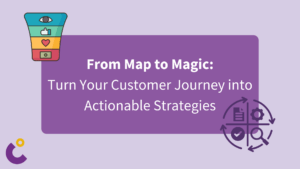
From Map to Magic: Turn Your Customer Journey into Actionable Strategies
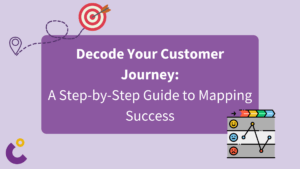
Decode Your Customer Journey: A Step-by-Step Guide to Mapping Success

Beyond the Score: Transforming Net Promoter into a Growth Engine – Net Promoter System
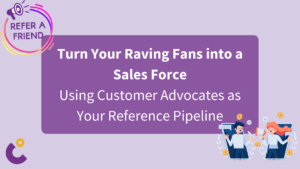
Turn Your Raving Fans into a Sales Force: Using Customer Advocates as Your Reference Pipeline
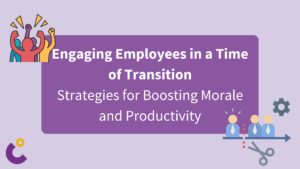
Engaging Employees in a Time of Transition: Strategies for Boosting Morale and Productivity
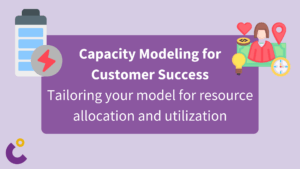
Capacity Modeling for Customer Success

Data Driven Customer Success
